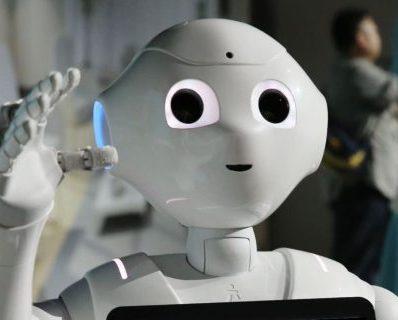
The outer planets beyond Mars do not have solid surfaces to affect weather as on Earth. And Hubble – in its role as meteorologist – is keeping track. Jupiter’s weather is driven from the inside out, as more heat percolates up from its interior than it receives from the Sun. This heat indirectly drives color-change cycles in the clouds. Uranus has seasons that pass by at a snail’s pace because it takes 84 years to complete one orbit about the Sun. But those seasons are extreme because Uranus is tipped on its side. Hubble showed that the Uranus north polar cap gets brighter year after year.
Hubble did not detect any cyclones or anticyclones on Jupiter in the 1990s, but it has been detecting many storms in the last decade.
